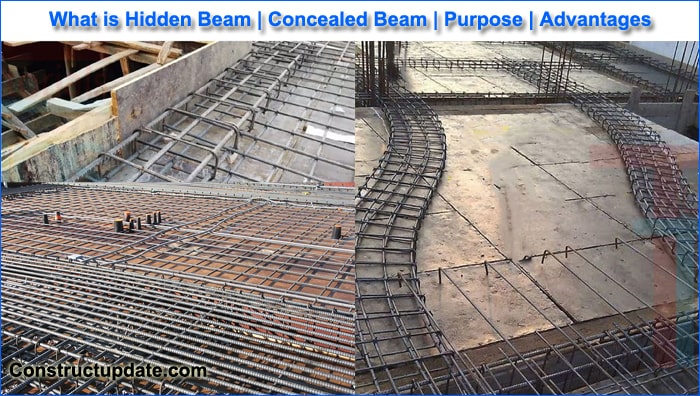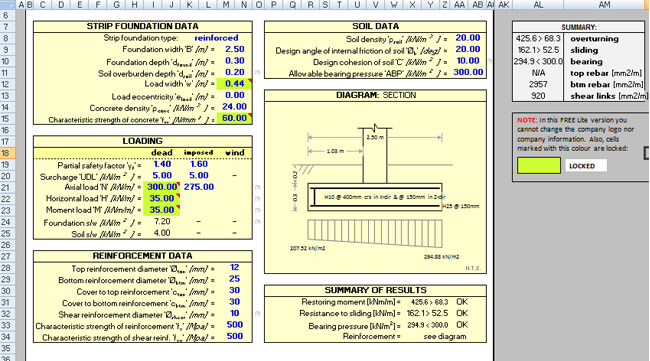What is Hidden Beam or Concealed Beam | Hidden Beam Purpose, Application, Advantages
The term “hidden beams” refers to beams whose depth is equivalent to the slab’s thickness. It is also known as a concealed beam when it is installed within a slab of support. It is well-liked and a crucial component of contemporary reinforced concrete framed constructions.
In cases where the slab thickness is significant, hidden beams are typically installed within the hanging slabs. The flat slab idea is where the concealed beam idea came from. They are more useful in commercial structures.
In this article, we will try to understand what is hidden beams or concealed beams and their purpose.

Purpose of Hidden Beam, Slab Beam, and Concealed Beams
The following are several uses for slab beams in this context.
- It is used to spread out loads placed on the slab, like the weight of a brick wall.
- It permits the slab to have a wider span.
- In the interior of the building, concealed beams are given solely for architectural aesthetic reasons.
- To reduce a large slab’s wide panel to a manageable size.
- Within the cutouts.
- To provide a clean, level ceiling surface in order to enhance the aesthetic appeal of the architecture.
- To raise the floor as high as possible.
- In order to make room for electromechanical ductwork.
- Floor height clearance is conserved.
- If brickwork needs to be built over the slab, it permits that.
What are the advantages of Hidden Beams
- Hidden beams are a desired structural element for a number of reasons, including:
- The floor height clearance is reduced.
- Saving money on materials, labor, and formwork thanks to hidden beams
- It produces a passable aesthetic result that makes effective internal space partitioning possible.
- Electromechanical ducting that is horizontal is made possible by a concealed beam.
Following are some Disadvantages of Hidden Beam
Due to the height reinforcement ratio that is offered to make up for the depth restriction, particularly at the column connection, the hidden beam has the drawback of having a significantly low degree of ductility.
Because the spans for structural support are at a straight angle to one another, it poses a spanning challenge structurally. This implies that one slab rests physically on top of the other.
Types of slabs in which hidden beams are introduced
The three different types of slabs that use hidden beams include:
- Waffle slab
- Ribbed slab
- Solid slab
FAQ
What is Hidden Beam?
The phrase “hidden beams” describes beams whose depth is equal to the thickness of the slab. When inserted inside a slab of support, it is also known as a concealed beam. It is a popular and essential part of modern reinforced concrete framed structures.
Hidden beams are often put within the hanging slabs in situations where the slab thickness is significant. The concealed beam concept was derived from the flat slab concept. They work better in commercial buildings.
What is a Flat Beam?
Within the slab, there is an RCC beam with a depth equal to the slab depth, which is the concealed beam. A flat beam is another term for it. The concealed beam is typically utilised and is a crucial component of the frame structure.
What is Slab Beam?
Within the slab, there is an RCC beam with a depth equal to the slab depth, which is the concealed beam. It can also refer to a hidden beam. The concealed beam is typically utilised and is a crucial component of the frame structure.
What is Concealed Beam?
Reinforced concrete concealed beams are beams that are installed within the thickness of supporting slabs. Therefore, as shown in the above diagram, the depth of the concealed beam is equal to the depth of the slab. Modern reinforced concrete framed structures use popular and crucial concealed beams.





